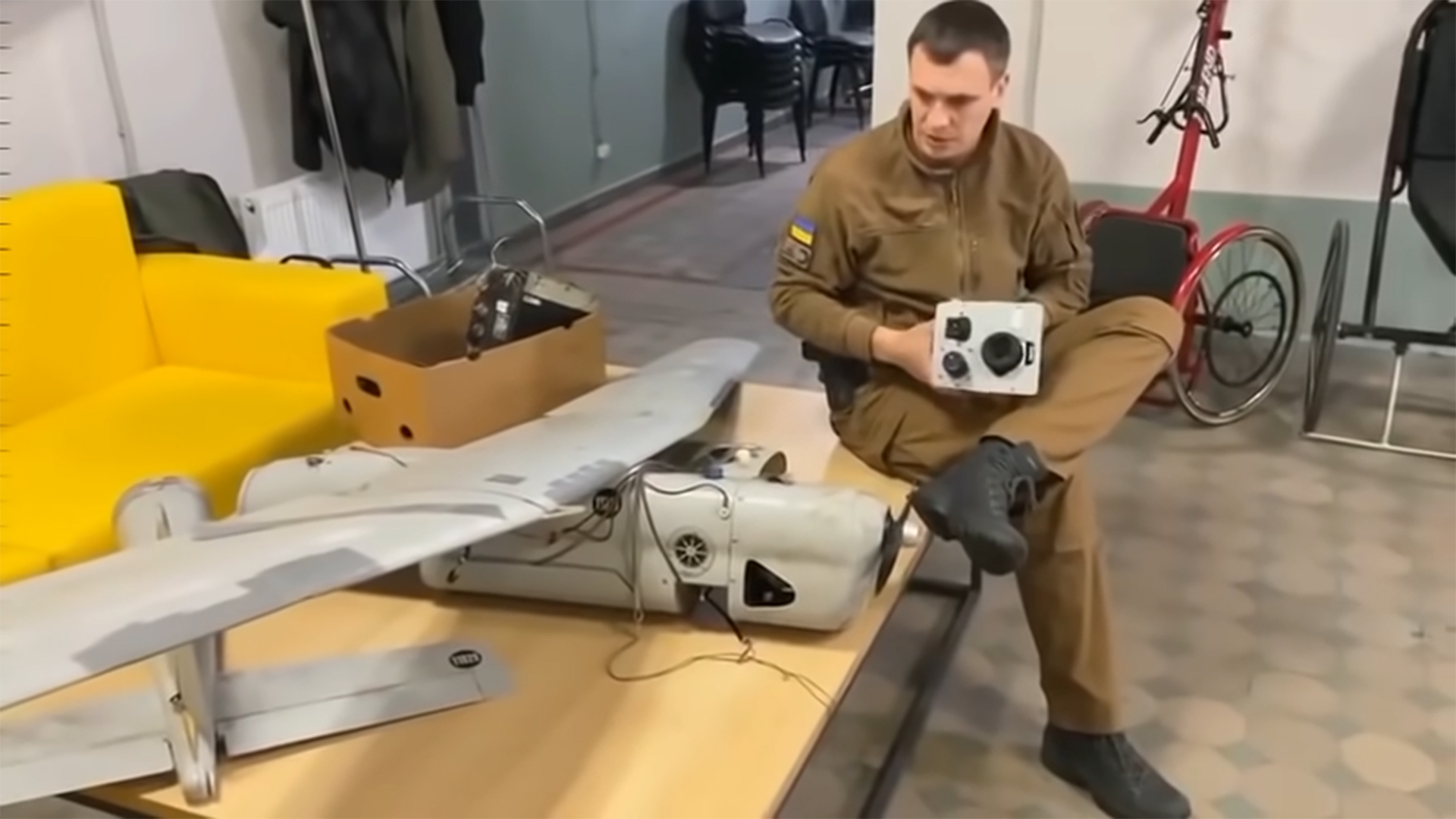

Speed cameras all over Sweden are disappearing at an alarming rate. More than 160 cameras have been stolen from rural roads, according to the New York Times, with most thefts occurring between midnight and 3 AM. Authorities are baffled over the issue. After all, who—other than some sort of vigilante pro-speeder—would want to go through all of this effort to steal something with virtually no resale value?
As it turns out, one possibility is that the stolen cameras may be finding a second life inside Russian surveillance drones being used in Ukraine. Local news reports suggest that the Swedish Security Service is aware of information potentially connecting the speed camera thefts to the ongoing conflict between Russia and Ukraine, though the Swedish government has been careful to avoid making any definitive statements in that regard so far.



On Aug. 27, eleven cameras disappeared overnight on one stretch of county road in Sweden. Three days later on Aug. 30, another 30 were stolen. By the end of the month, a total of nearly 70 cameras were taken during the month of August. Police say that unlike previous instances of vandalism, where an upset motorist simply destroys the camera by knocking it over or smashing the lens, in these cases the thieves are breaking into the cabinet housing the device’s internal parts: a radar sensor to measure speed, a flash unit to illuminate a speeding subject, image processing hardware, and—the most important part to the thieves—a DSLR camera. After the cabinet is busted open, the suspects are making off with only the camera and leave behind a damaged unit that costs the Swedish Transport Administration around $22,200 apiece to repair.
According to the Swedish newspaper Aftonbladet, these same cameras are being found inside customized low-tech Russian drones used in surveillance and attacks against Ukraine. In one instance, a crashed Russian Orlan-10 unmanned aerial vehicle can be seen with a Canon EOS 800D DSLR equipped with an 85mm lens. The camera body is rigged to a metal plate with a series of wires connected to it, with the lens sticking out through the drone’s skin.

However, Eva Lundberg, who coordinates the traffic camera system at the Swedish Transport Administration, told the Times that the stolen cameras are actually customized Nikon DSLRs. This backs up other reports from local news outlets but complicates the theory that the cameras are being repurposed in Russian UAVs.
Lundberg says that the Nikon cameras are focused at a specific distance and “not possible to adjust,” according to the traffic camera supplier. The videos showing recovered Orlan-10 UAVs have all featured Canon DSLRs thus far, though the focusing mechanisms are fixed in a similar way: the focusing mode is set to manual and fixed with epoxy, and the focusing ring is fixed to infinity, meaning that it would provide a similar focusing profile as the DSLRs nabbed from Sweden’s speed cameras.
Whether or not the stolen speed cameras are being used for Russia’s UAVs is still up in the air. If the cameras aren’t headed to Russia for use in its drones, where might they be going? That information might soon be known to police, as one person—a Swedish citizen—was arrested in connection to the thefts Friday night.
However, if the theory of repurposing these DSLRs in Russian UAVs is accurate, it may signal that the Russian military may be pivoting to whatever gear it can get its hands on Canon officially stopped the sale and delivery of its products to Russia in March 2022 as a response to the Ukraine conflict. Constructing new UAVs with off-the-shelf parts is likely becoming harder for Russia as sanctions continue to take their toll, especially given its significant loss rate of around 50 units between February and May.
Got a tip or question for the author? Contact them directly: rob@thedrive.com